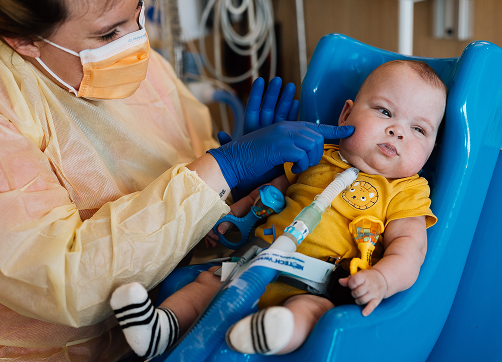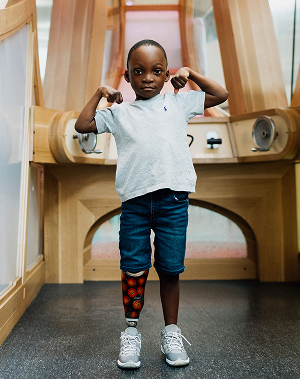hernias


what is a hernia and how is it treated?
Many people are surprised to learn that hernias are fairly common in kids. Babies (especially preemies) can even be born with them. There are different types of hernias, and each requires different levels of medical care.
In many infant and childhood hernias, the herniated tissues may protrude only during moments of physical pressure or strain. A bulge might only be noticeable when a child is crying, coughing, or straining, and it may seem to retract or go away at other times. Hernias in this state are called reducible and are not immediately harmful.
Sometimes tissue can become trapped in an opening or pouch and do not retract or go away. These are incarcerated hernias, and are a serious problem requiring immediate medical attention.
The most serious type of hernia is a strangulated hernia, in which the normal blood supply is cut off from the trapped tissue. Without that blood supply, the strangulated tissue cannot get oxygen and will die. Surgery is required immediately to dislodge the tissue so that oxygen can get to it again.
The two most common hernias in kids are inguinal hernias in the groin area and umbilical hernias in the belly-button area.
inguinal hernias
In infants, an inguinal hernia is most often caused by a protrusion of a loop or portion of intestine or a fold of membrane from the abdomen — or in girls, from an ovary or fallopian tube — through an opening into the groin.

umbilical hernias
Some babies are born with a weakness or opening in the abdominal muscles around the belly button through which some abdominal membrane or small intestine protrudes.
In most instances an umbilical hernia causes no discomfort. Usually, a doctor can easily push it back in. An infant’s umbilical hernia tend to close up on their own by age 2. That’s why the doctor usually advises waiting and watching this kind of hernia in an infant rather than operating.
Surgery is usually necessary only if the hernia is very large; grows in size after age 1 or 2; fails to heal by age 4 or 5; or the child develops symptoms of obstruction or strangulation, like swelling, bulging, vomiting, fever, and pain.


surgical treatment and recovery timeline
During surgery, the herniated tissue is put back into its proper space, and the opening or weakness that permitted it to form is closed or repaired. The period of recuperation for kids is fairly short. Most can resume normal activities about 7 days after surgery, with the doctor’s approval. At Dayton Children’s we offer a same-day evaluation and procedure program to address the needs of patients with epigastric, inguinal and umbilical hernias. Learn more.
related blogs
caring for your child during a surge in respiratory illnesses
read morehere when you need us
Whether you’re looking for the right provider, ready to make an appointment, or need care right now—we’re here to help you take the next step with confidence.



